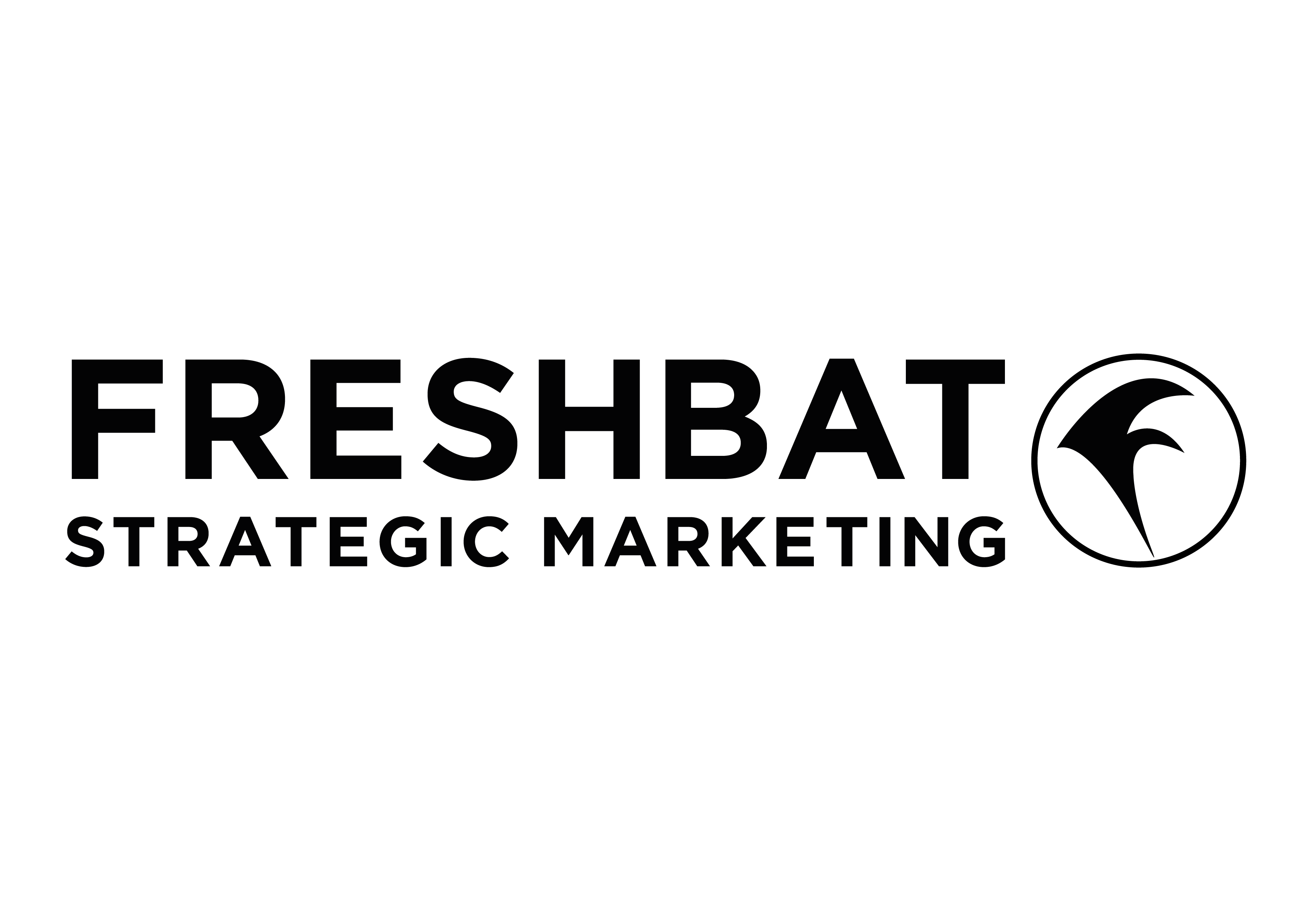Have you ever wondered “Am I sending too many emails?” or “How many emails should I send to my mailing list in a certain period of time?”. Unfortunately, the answer is not a straight one. Like many other marketing questions, the answer is “it depends” on your specific marketing objectives and audience. We know that many people struggle with email marketing for small businesses, especially if the business is very small or very new. They’ll often be guessing how often they should send emails and do it sporadically. Or worse, will procrastinate because they don’t know when to send an email and won’t send any at all!
If you’re like lots of other business owners, you may settle on a monthly newsletter to be safe. But is this the best way to communicate effectively with your email list?
Here are some things to consider when you’re thinking about how often to send an email:
- You don’t want to send so many emails that your recipients feel like you’re spamming them, which could lead them to move your emails to spam or unsubscribe from your list.
- Equally, you don’t want to avoid sending emails altogether, depriving your business of a useful direct communication tool to reach out to your audience and share your messages (for example, to raise awareness about your brand, promote an offer, advertise an upcoming event, etc.).
- You also don’t want to email your target audience so sporadically that they’ll forget about you. Or you’ll end up reaching them at the wrong time so you miss out on connecting with your audience when they’re ready to make a purchase or are looking for your services.
So how do you find out how many emails you should send per month while also achieving the best open rate?
Learn from your email marketing metrics
For the perfect balance! When it comes to email marketing for small businesses, the secret is testing and checking on your email metrics for insights about what your audience wants to read and engage with.
For a better idea of how many emails you should send and how regularly, you should always check the following metrics:
- Open rate: This is one of the most important metrics as it shows exactly how many people are actually opening your emails and, combined with the bounce rate, it can give you an idea of how “healthy” your mailing list is and how appealing your content is. If your open rate is low, you can test different styles of subject line to see if it improves this metric to get your content in front of more people.
- Click-through rate: This is a good indicator of your readers’ engagement and the strength of your calls to action. If your open rate is high but you are not seeing many clicks, consider simplifying and better highlighting your CTAs (for example using a button) or/and increasing their number.
- Bounce rate: This metric can be particularly high when a mailing list is bought from a database or is quite old, since many addresses may not exist anymore.
- Unsubscribes: It can feel like you’re taking a step backwards when you see people unsubscribing from your mailing list. However, this data can help us figure out if you’re sending too many emails, or if your content isn’t considered valuable by readers, especially if many users unsubscribe altogether after one email.
Factors that can influence an email campaign
There are also some other factors to consider when planning your email marketing for small businesses:
- Your audience and your industry: It’s not one size fits all. Every industry is different. Every audience is different. For example, while emailing once a week with marketing insights might be good for a market research agency, it may not be for a charity raising donations. How do you know what the perfect balance is? Check your metrics! You can also check your competitors’ newsletters for ideas.
- Are people unsubscribing when you are sending emails more often? Is your audience interested in your content? Are some email subjects more popular than others? Then, write more of what they like to read/open. Alternatively, you can start by writing emails using your audience personas. And if your data is contradictory, you may actually have more than one audience (so have potentially two or more separate mailing lists for each segment).
- Seasonal changes: Expect lower open rates and CTRs during holidays, as most people won’t be checking their inbox when out of the office. So you might consider reducing the frequency during holidays.
- Readability and simplicity: People will probably browse your email rather than read every word so you want to make sure they don’t miss the key takeaways and your calls to action. Leave a space between paragraphs, bold the parts of the text that you think summarise the key points, simplify your CTAs and use buttons.
- Messaging and purpose: As business owners, especially if the business is small or very recent, you might have asked yourself “What’s the point of sending an email?”. You must have a reason to send an email, even if it’s just a reminder of some services you offer or what you have achieved in the past month.
- Don’t try to make too many points in one go. As we mentioned above, an email is easier to read when it’s simple. So try not to use too many different CTAs in one email, and if you are struggling, it might mean you have content for more than one email. For example, if there’s a big event coming you could just send multiple emails (for example, one for early bird discounts, one to promote the speakers, one with the info for who is going to attend, another one to thank the attendees after the event).
To summarise, when planning your email marketing frequency, there are several factors to consider: your subscribers, your industry, the purpose of your email, the time of the year. Your optimal email frequency depends on your needs and your audience’s preferences and unfortunately, it often takes several tries to get the formula right, because it is unique for each business.
Remember to revisit this ultimate guide if you need some more support on email marketing for small businesses!
About us
We’re Freshbat – a strategic communications agency providing integrated marketing services to business leaders who embrace change and value marketing in a proactive and trustworthy environment.
Our goal is to give you more headspace, help you to make stuff happen and build better relationships by taking a fresh approach to marketing. We know you’re the kind of person who wants to be considered an inspiring and empowering leader for your business.
In order to be that way, you need to be in control of your marketing. The problem is you feel your marketing isn’t good enough, which in turn makes you feel confused and frustrated that you don’t have the resources, creativity or expertise to solve the issue.
We believe it’s just plain wrong that business leaders are tasked with keeping up with the rapidly changing marketing landscape on their own. That’s why we provide integrated marketing solutions through our worry-free marketing process.
Here’s how it works: we have an initial call to find out the things holding you back, we then create a bespoke strategy to reach your ideal clients and finally we implement your marketing plan for you so you can worry less and achieve more. We create tailored and integrated marketing solutions that bring order, strategy and results while having fun in the process (yes, it’s possible!).
Our core services include: 📈 Content marketing strategy 📱 Social media management 📧 Email marketing 👩💻 Blogging and web content
Contact us to see how we can help you take a fresh approach to marketing. Email hello@freshbat.com to book your discovery call 📧




